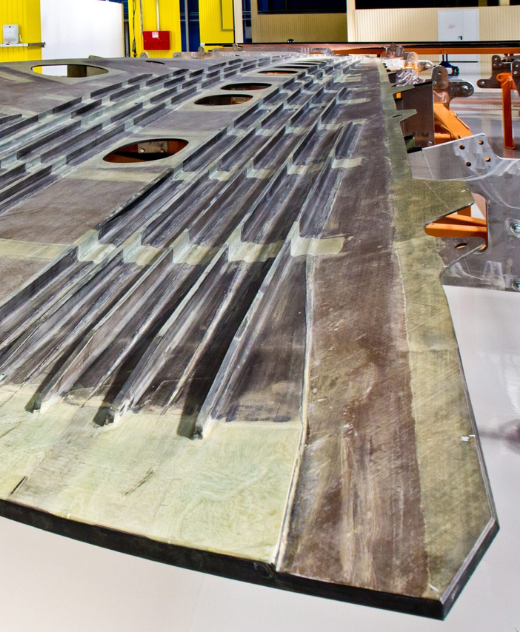
The Aviation Industry
The aviation industry has undergone remarkable advancements in materials and manufacturing processes since its inception. Beginning with wood, canvas, and steel, it transitioned to metals like aluminum and titanium post-World War I, offering lightweight and durable aircraft. Today, carbon fiber-reinforced composites (CFRP) dominate aviation manufacturing due to their lightweight properties. Manufacturing processes evolved alongside material advancements. Skilled artisans handcrafted wooden frames and skins in the early years, while the metal era saw manual cutting, shaping, welding, and riveting techniques. With the rise of composites, traditional metalworking gave way to advanced machinery like autoclaves. Despite challenges, ongoing innovations in high-performance resins, carbon fiber materials, lightweighting techniques, and advanced polymer composites ensure the continual enhancement of aviation materials and processes.
Features designed for the aviation industry
Customer Success Story
How a Leader in Aerospace Manufacturing Digitized Processes
With the aim of investigating the effects of process digitization on production efficiency, a leader in aerospace manufacturing implemented the in-mold process monitoring system by NETZSCH Process Intelligence GmbH. Otherwise known as sensXPERT Digital Mold, the process monitoring system examined the in-mold material behavior of composite aerospace parts to detect potential deviations and avoid part rejection in post-process quality assurance (QA) tests.
ReadWebinar
How to Boost Efficiency and Digitalize The Production of Composite Parts
Aircraft manufacturing case: digitalization of vacuum-assisted resin transfer molding (VARTM), coupled with post-mold autoclave curing of fuselage support produced in carbon fibre – RTM6-1.
Watch Now
